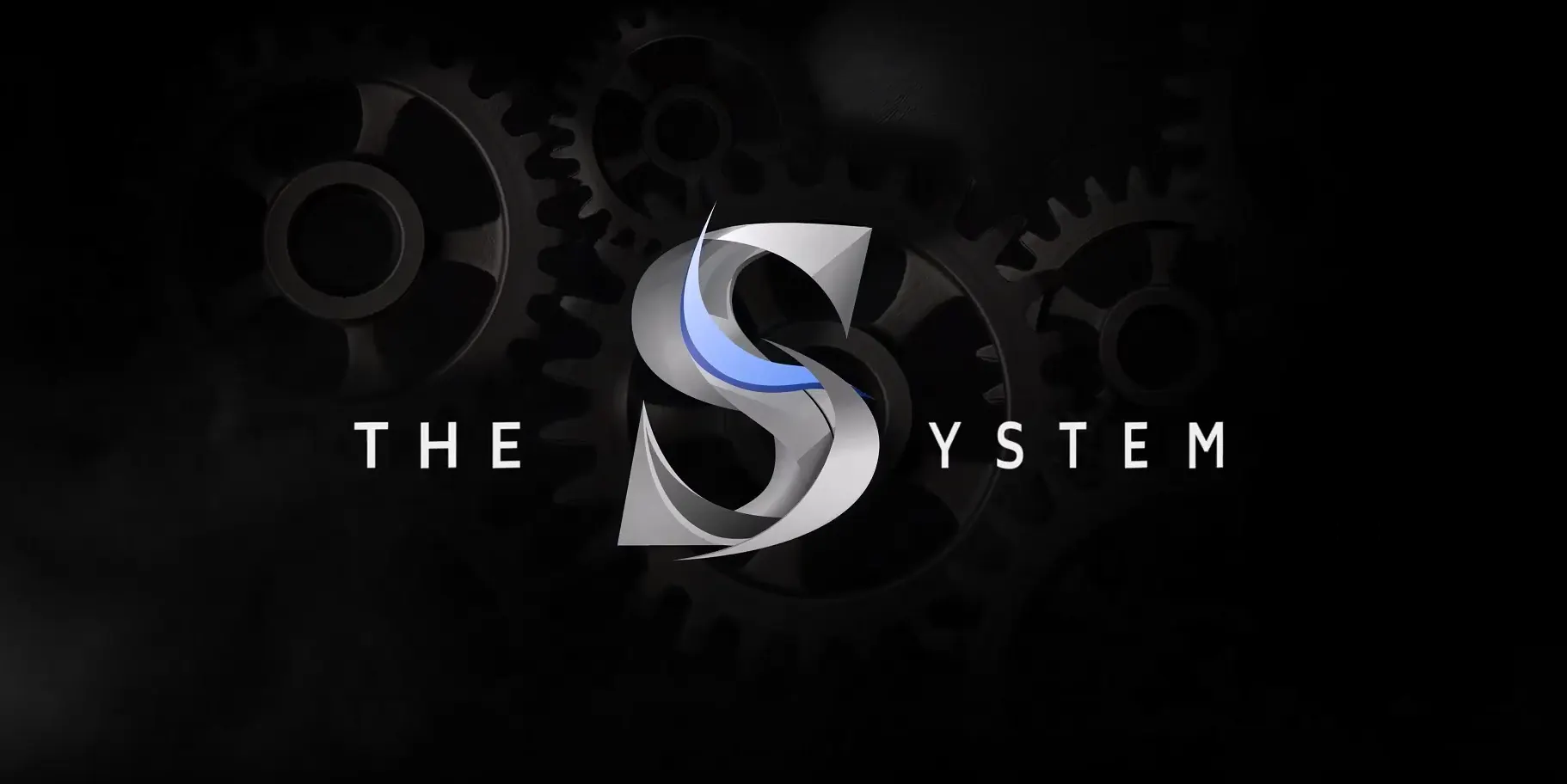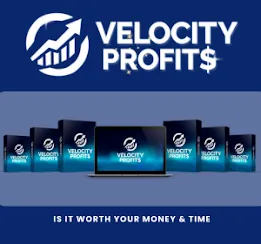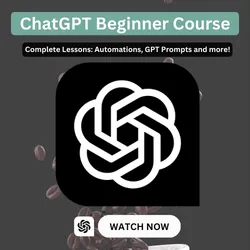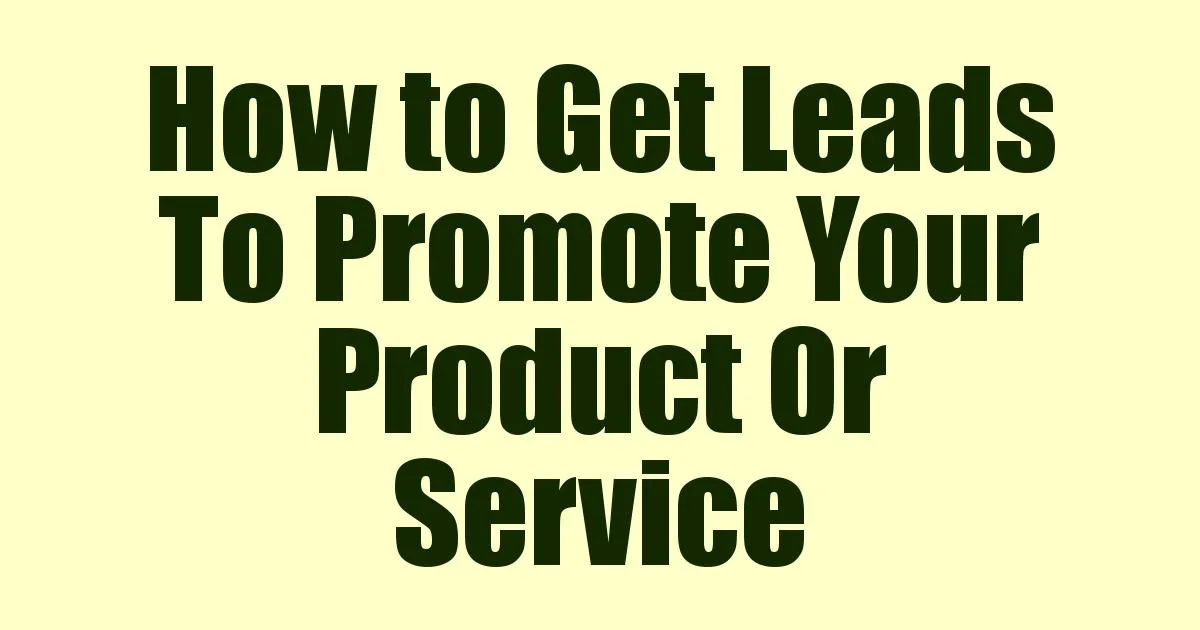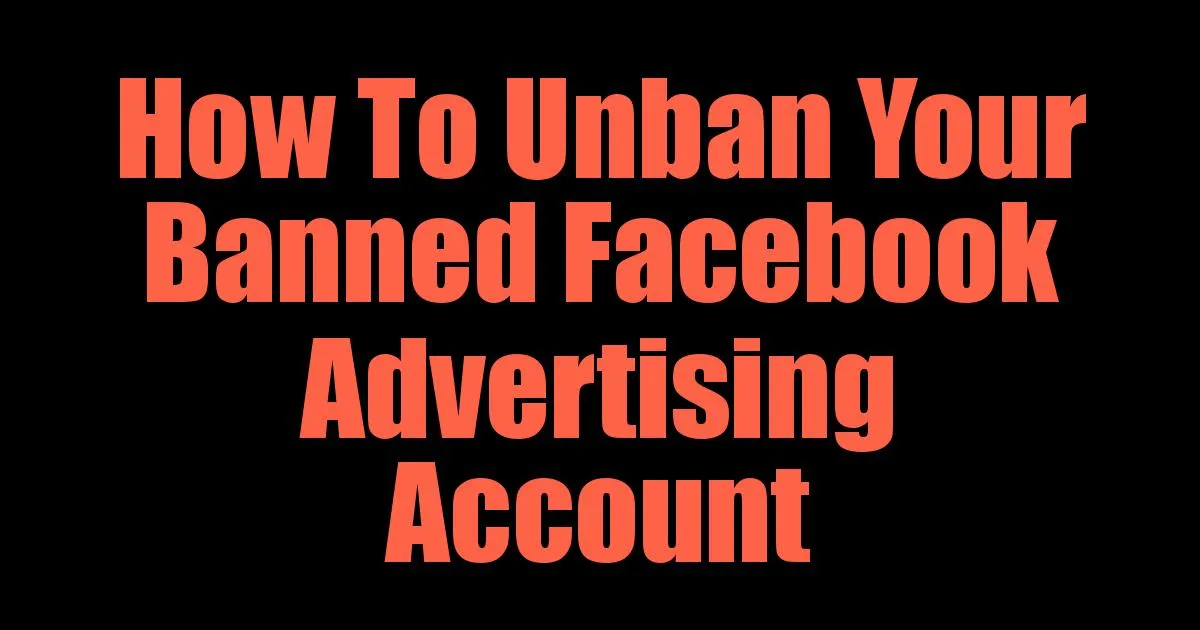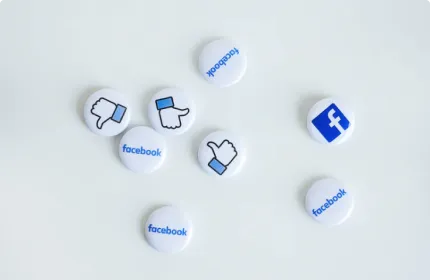Get Started With Email Marketing:10 Things You Need to Do First
Email marketing is one of the most effective and affordable ways to communicate with your customers, prospects, and subscribers.
It can help you build relationships, increase sales, and grow your business. According to a recent study by Litmus, email marketing has an average return on investment (ROI) of 42:1, which means that for every dollar you spend on email marketing, you can expect to get back $42 in revenue.
But how do you get started with email marketing? What are the steps you need to take to launch your first email campaign? In this article, we will guide you through the 10 things you need to do first to get started with email marketing. By following these steps, you will be able to create and send effective emails that deliver results.
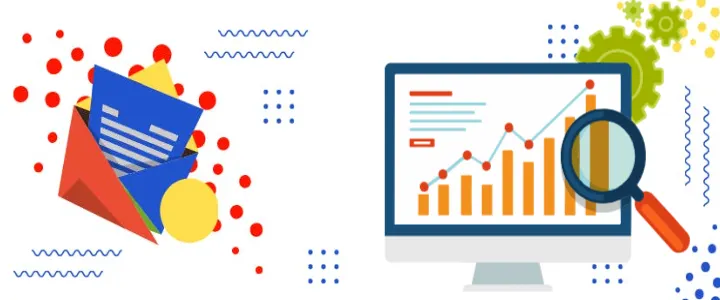
1. Choose an email marketing service provider
The first thing you need to do is to choose an email marketing service provider that will help you create, manage, and send your email campaigns. An email marketing service provider is a platform that offers various features and tools for email marketing, such as templates, editors, analytics, automation, segmentation, etc.
There are many email marketing service providers available in 2023, but not all of them are suitable for your needs and goals. Therefore, you need to consider some factors when choosing an email marketing service provider, such as:
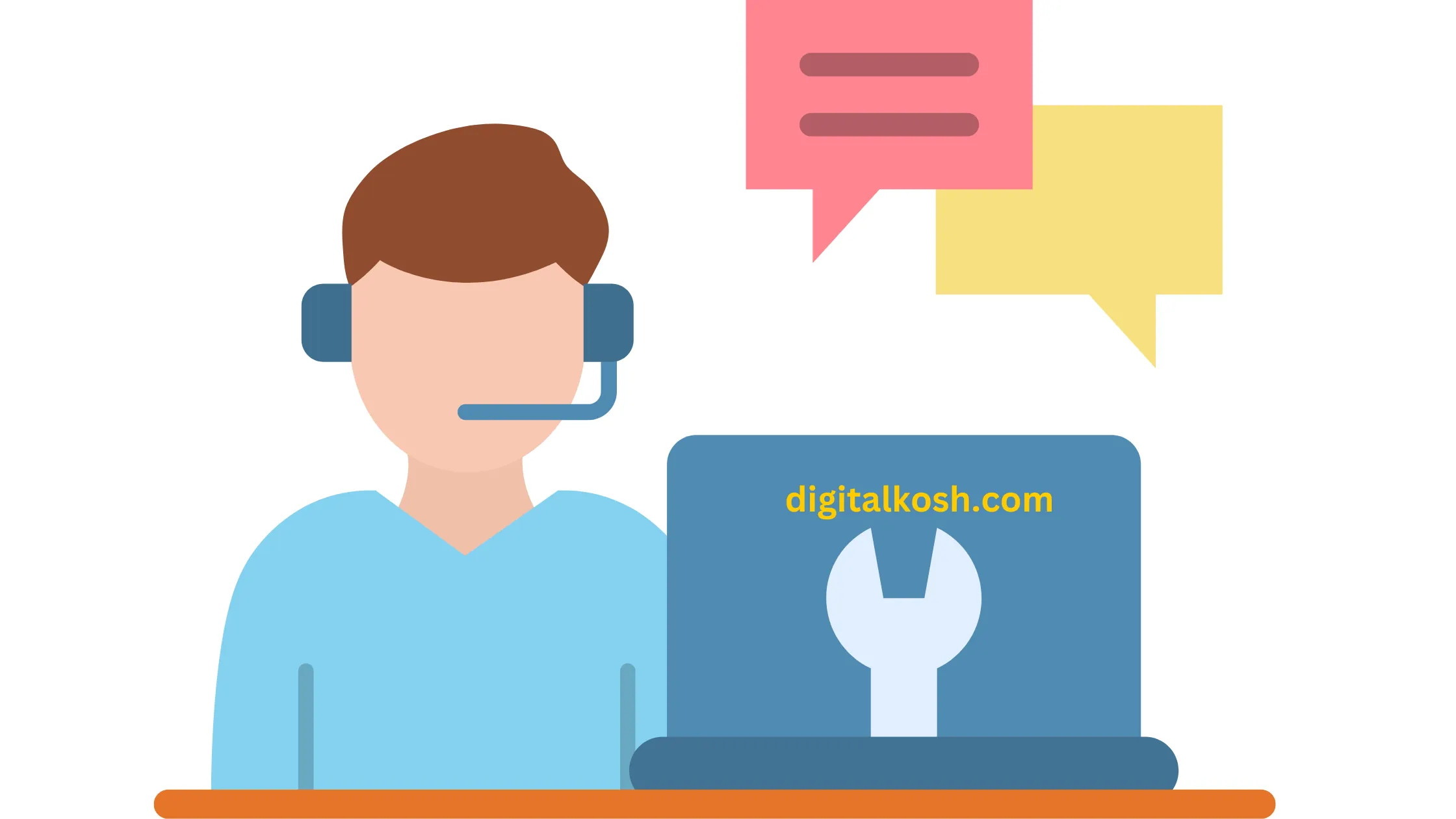
The features and functionality that you need for your email marketing strategy
- The pricing and plans that fit your budget and scale
- The support and customer service that you can rely on
- The reputation and reviews of the service provider
Some of the best email marketing service providers in 2023 are:
Mailchimp: Mailchimp is one of the most popular and widely used email marketing platforms in the world. It offers a free plan for up to 2,000 contacts and 10,000 emails per month, as well as paid plans starting from $9.99 per month. Mailchimp has a user-friendly interface and a drag-and-drop editor that allows you to create beautiful and responsive emails. It also has powerful features such as automation, segmentation, personalization, A/B testing, landing pages, surveys, etc.
HubSpot: HubSpot is a comprehensive marketing software that includes email marketing as one of its features. It offers a free plan for up to 2,000 email sends per month, as well as paid plans starting from $50 per month. HubSpot has a smart editor that helps you create personalized and relevant emails based on your contacts’ data and behavior. It also has advanced features such as CRM integration, workflows, analytics, lead generation, etc.
Salesforce: Salesforce is a leading CRM software that also offers email marketing as part of its Marketing Cloud suite. It offers various plans and pricing depending on your needs and goals. Salesforce has a flexible editor that allows you to create custom and dynamic emails using HTML or drag-and-drop components. It also has robust features such as automation, segmentation, personalization, AI-powered insights, etc.
To sign up and set up your account with your chosen email marketing service provider, you need to follow their instructions and guidelines. Usually, you will need to provide some basic information about yourself and your business, such as your name, email address, company name, industry, etc. You will also need to verify your email address and domain name to ensure deliverability and avoid spamming.
2. Gather contacts for your email marketing list
The next thing you need to do is to gather contacts for your email marketing list. Your email list is the foundation of your email marketing strategy. It consists of the people who have given you permission to send them emails about your products or services.
Building a quality and permission-based email list is crucial for your email marketing success. It will help you increase your open rates, click-through rates, conversions, and loyalty. It will also help you avoid spam complaints and penalties from email regulations.
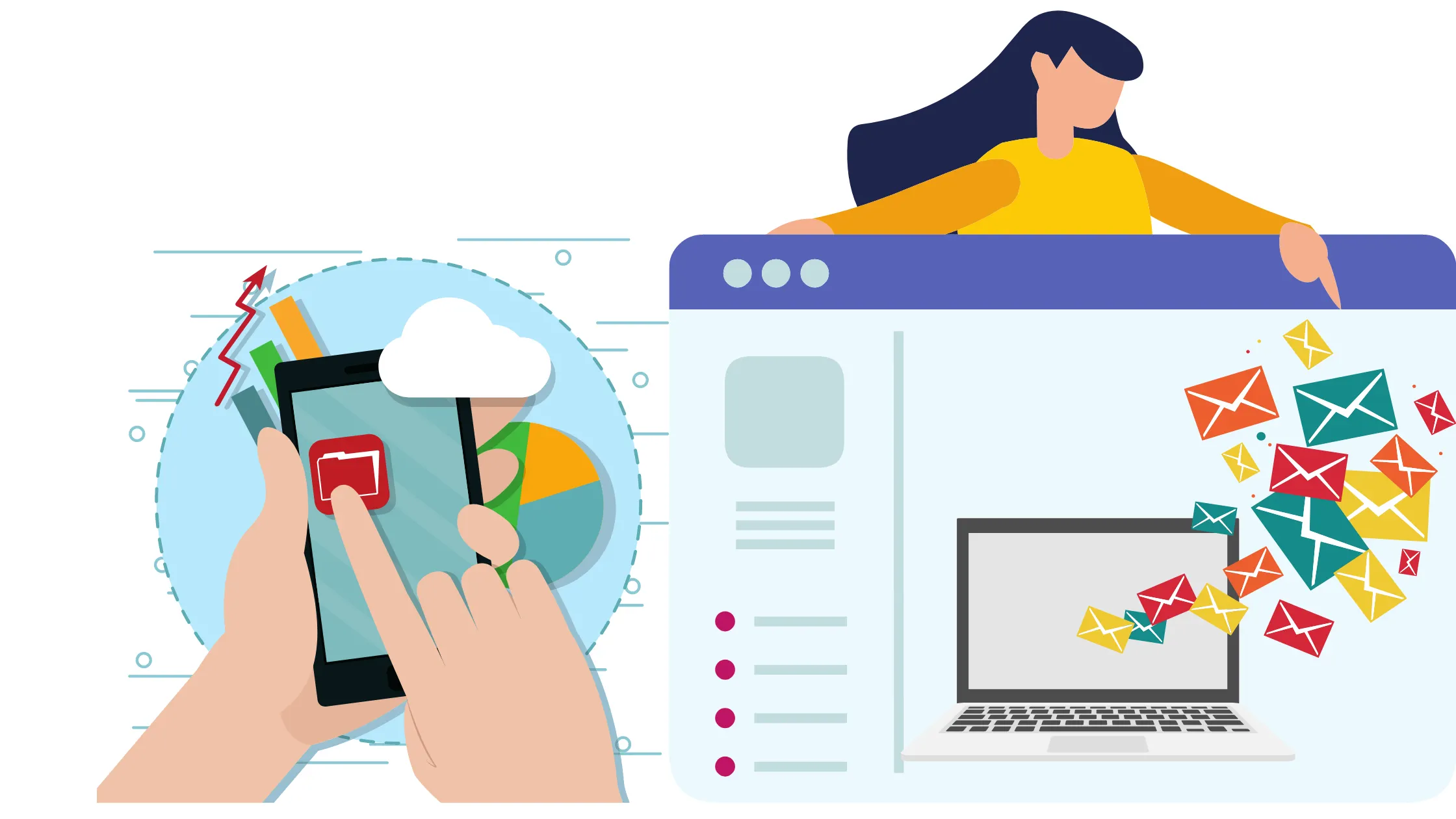
To grow your email list organically, you need to use some strategies that will attract and entice people to sign up for your emails. Some of these strategies are:
Offering incentives: You can offer something valuable or useful to your potential subscribers in exchange for their email address. For example, you can offer a free ebook, a discount coupon, a webinar registration, a free trial, etc.
Creating landing pages: You can create dedicated web pages that focus on capturing your visitors’ email addresses. For example, you can create a landing page that showcases the benefits of your offer and includes a clear and compelling call-to-action (CTA) to sign up for your emails.
Using pop-ups: You can use pop-up windows that appear on your website or blog and prompt your visitors to sign up for your emails. For example, you can use a pop-up that appears when your visitors are about to leave your site or when they scroll down to a certain point on your page.
Adding forms: You can add opt-in forms to various places on your website or blog where your visitors can easily see and fill them. For example, you can add a form to your homepage, sidebar, footer, header, etc.
When you collect email addresses, you need to follow some best practices to ensure that you are building a permission-based and compliant email list. Some of these best practices are:
Asking for consent: You need to ask for explicit and clear consent from your potential subscribers before you add them to your email list. You need to explain what they are signing up for, how often you will email them, and how they can unsubscribe at any time.
Using double opt-in: You need to send a confirmation email to your potential subscribers after they sign up for your emails. You need to ask them to click on a link or a button to confirm their subscription. This will help you verify their email address and their interest in receiving your emails.
Providing value: You need to provide value and relevance to your subscribers through your emails. You need to send them useful and engaging content that matches their needs and expectations. You need to avoid sending them irrelevant or spamy emails that will annoy them or make them unsubscribe.
3. Add your contacts to your email marketing account
Once you have gathered some contacts for your email marketing list, you need to add them to your email marketing account. This will allow you to manage and communicate with your contacts using your email marketing service provider.
There are different ways to add your contacts to your email marketing account, depending on the source and the format of your contacts. Some of the common ways are:
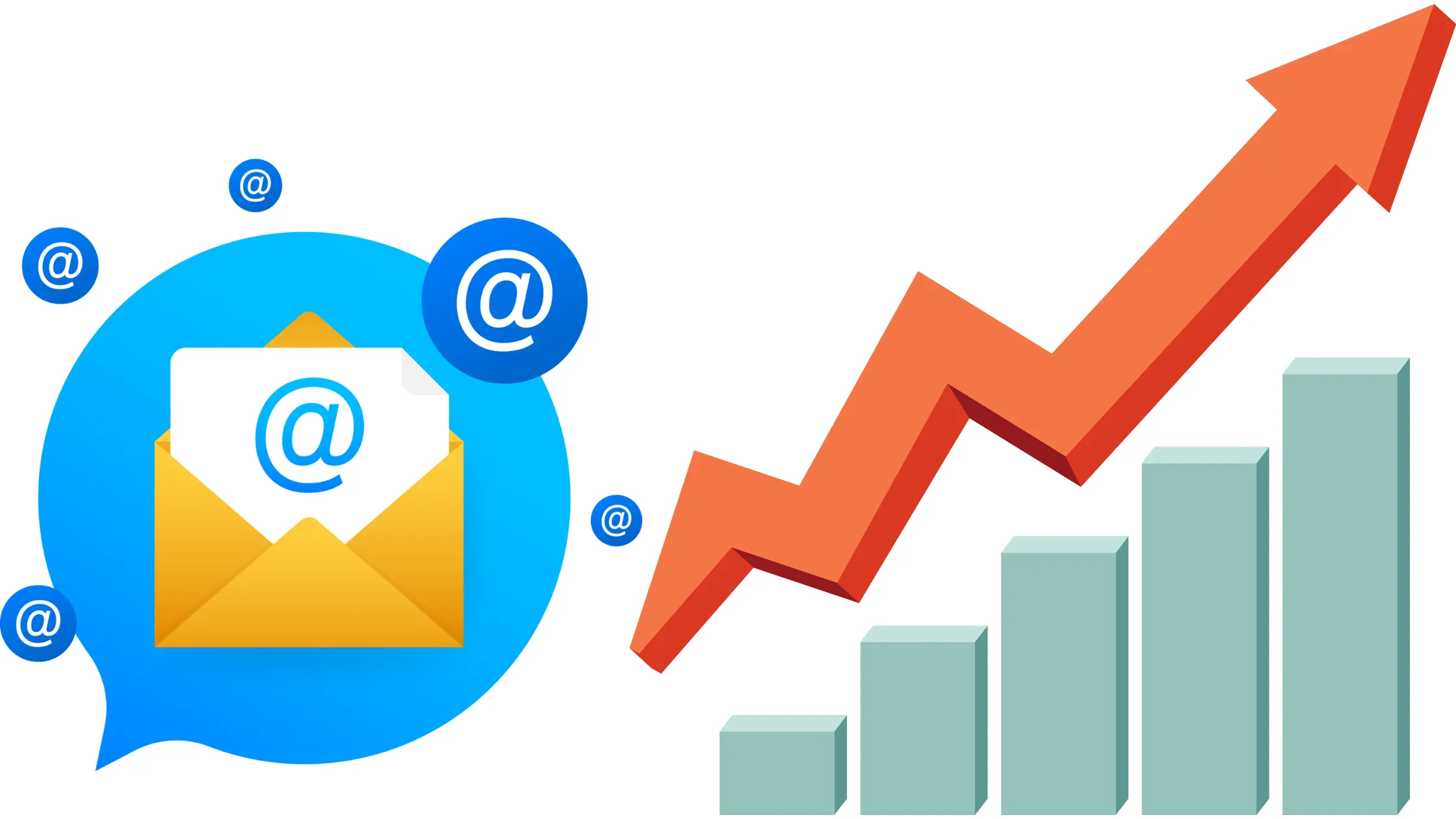
Importing: You can import your existing contacts from various sources, such as a CSV file, an Excel file, a Google Contacts file, etc. You need to follow the instructions and guidelines of your email marketing service provider on how to import your contacts correctly and safely.
Uploading: You can upload your contacts directly from your website or blog using an API or a plugin. You need to connect your website or blog with your email marketing service provider using their API or plugin. This will allow you to automatically sync and update your contacts between the two platforms.
Adding manually: You can add your contacts manually one by one using a form or a dashboard. You need to enter the contact information, such as name, email address, etc., into the form or the dashboard of your email marketing service provider.
After you add your contacts to your email marketing account, you need to segment them based on their preferences, behavior, demographics, etc. Segmentation is the process of dividing your contacts into smaller and more specific groups based on certain criteria. Segmentation will help you tailor and target your emails more effectively and efficiently.
To segment your contacts, you need to use the features and tools provided by your email marketing service provider. Usually, you will be able to create and manage different contact groups and lists based on various criteria, such as:
Subscription status: You can segment your contacts based on whether they are subscribed, unsubscribed, bounced, or spam reported.
Engagement level: You can segment your contacts based on how they interact with your emails, such as opens, clicks, replies, forwards, etc.
Purchase history: You can segment your contacts based on what they have bought from you, how much they have spent, how often they have bought, etc.
Interests and preferences: You can segment your contacts based on what they have indicated as their interests and preferences, such as topics, categories, products, services, etc.
Location and time zone: You can segment your contacts based on where they are located and what time zone they are in.
Demographics: You can segment your contacts based on their personal characteristics, such as age, gender, income, education, occupation, etc.
4. Set up your welcome email
The next thing you need to do is to set up your welcome email. Your welcome email is the first email that you send to your new subscribers after they join your email list. It is one of the most important emails that you will ever send because it sets the tone and expectations for the rest of your email communication.
Your welcome email has several purposes and goals, such as:
- Introducing yourself and your brand
- Thanking them for subscribing
- Confirming their subscription
- Delivering the incentive (if any)
- Setting expectations for future emails
- Encouraging engagement and action

To create and send an effective welcome email, you need to use the features and tools provided by your email marketing service provider. Usually, you will be able to use a template or an editor that will help you
design and customize your welcome email. You can also use automation or triggers to send your welcome email automatically and immediately after someone subscribes.
Some of the elements that you should include in your welcome email are:
A catchy and friendly subject line that welcomes your new subscriber and entices them to open your email
A personalized greeting that addresses your new subscriber by their name or a generic salutation
A brief introduction that tells your new subscriber who you are, what you do, and why they should care
A thank you message that expresses your gratitude and appreciation for their subscription
A confirmation message that verifies their subscription and reminds them of the benefits and value they will receive from your emails
A delivery message that provides them with the incentive or the offer that they signed up for, such as a link, a code, a download, etc.
An expectation message that sets the frequency, content, and format of your future emails and asks them to whitelist your email address
A CTA message that encourages them to take action or engage with you, such as visiting your website, following your social media, replying to your email, etc.
A signature that includes your name, title, logo, and contact information
Here are some examples of effective welcome emails that you can use as inspiration:
[Example 1]: This welcome email from Airbnb is simple and elegant. It welcomes the new subscriber with a warm and inviting subject line and a beautiful image. It introduces the brand and its mission, thanks the subscriber for joining, and invites them to explore and book their next trip.
[Example 2]: This welcome email from Grammarly is clever and witty. It welcomes the new subscriber with a humorous subject line and a catchy headline. It introduces the product and its features, delivers the incentive of a free trial, and encourages the subscriber to install and use the product.
[Example 3]: This welcome email from Spotify is colorful and fun. It welcomes the new subscriber with a playful subject line and a vibrant image. It introduces the service and its benefits, delivers the incentive of a free month, and encourages the subscriber to start listening and discovering music.
5. Create a reusable email template
The next thing you need to do is to create a reusable email template that will help you save time and effort when creating your future emails. An email template is a pre-designed layout that contains the basic elements and structure of an email, such as header, footer, body, etc.
Using an email template will help you maintain consistency and professionalism in your email design. It will also help you optimize your email for different devices, browsers, and email clients. You can use the same template for different types of emails, such as newsletters, promotions, announcements, etc.
To create a reusable email template, you need to use the features and tools provided by your email marketing service provider. Usually, you will be able to choose from a variety of free and professional email templates that suit your niche and goals. You can also create your own custom template using HTML or drag-and-drop components.
Some of the elements that you should include in your email template are:
- A header that contains your logo, name, slogan, or tagline
- A navigation bar that links to your website or blog pages
- A pre header that summarizes the main point or offer of your email
- A body that contains your main content, images, CTAs, etc.
A footer that contains your contact information, social media icons, unsubscribe link, privacy policy link, etc.
Here are some examples of reusable email templates that you can use as inspiration:
[Example 4]: This email template from Mailchimp is clean and minimalist. It has a simple header with a logo and a navigation bar. It has a clear pre header with a headline and a sub headline. It has a spacious body with an image, a text block, and a CTA button. It has a neat footer with contact information and social media icons.
[Example 5]: This email template from HubSpot is sleek and modern. It has a stylish header with a logo and a slogan. It has an eye-catching pre header with an image and a headline. It has a dynamic body with multiple sections, images,
text blocks, and CTA buttons. It has a simple footer with contact information and an unsubscribe link.
[Example 6]: This email template from Salesforce is elegant and professional. It has a sophisticated header with a logo and a headline. It has a subtle pre header with a subheadline and a CTA button. It has a rich body with an image, a text block, a testimonial, and a CTA button. It has a detailed footer with contact information, social media icons, and links.
To customize and edit your email template, you need to use the features and tools provided by your email marketing service provider. Usually, you will be able to change the colors, fonts, images, text, etc. of your template using their editor. You can also add or remove elements as you wish.
6. Practice writing persuasive messages
The next thing you need to do is to practice writing persuasive messages that will resonate with your audience and motivate them to take action. Writing persuasive messages is one of the most challenging and important skills for email marketing. It requires creativity, clarity, and empathy.
Writing persuasive messages involves using various techniques and strategies that will help you capture attention, build trust, and inspire action. Some of these techniques and strategies are:
Using headlines: You need to use headlines that are catchy, relevant, and specific. Your headlines should summarize the main point or offer of your email and entice your readers to open and read more.
Using subheadings: You need to use subheadings that are informative, concise, and scannable. Your subheadings should break down your email into smaller and easier sections and guide your readers through your message.
Using bullet points: You need to use bullet points that are clear, simple, and impactful. Your bullet points should highlight the key benefits or features of your offer and make your message easier to read and remember.
Using CTAs: You need to use CTAs that are clear, compelling, and urgent. Your CTAs should tell your readers what you want them to do next and why they should do it now.
Using personalization: You need to use personalization that is relevant, appropriate, and respectful. Your personalization should address your readers by their name or other personal details and make your message more human and friendly.
Using storytelling: You need to use storytelling that is engaging, emotional, and relatable. Your storytelling should tell a story that connects with your readers’ pain points, desires, or aspirations and shows how your offer can help them achieve their goals.
To improve your writing skills and avoid errors, you need to use some tools and resources that will help you write better emails. Some of these tools and resources are:
Grammarly: Grammarly is a writing assistant that helps you check and correct your grammar, spelling, punctuation, tone, etc. It also helps you improve your vocabulary, clarity, style, etc.
Hemingway: Hemingway is a writing app that helps you make your writing more clear and concise. It also helps you avoid passive voice, adverbs, complex sentences, etc.
CoSchedule Headline Analyzer: CoSchedule Headline Analyzer is a tool that helps you write better headlines for your emails. It also helps you optimize your headlines for SEO, emotion, word balance, etc.
7. Spend time on subject lines
The next thing you need to do is to spend time on subject lines that will attract attention and increase open rates. Your subject line is the first thing that your readers will see when they receive your email. It is also one of the most important factors that influence whether they will open your email or not.
According to a study by Campaign Monitor, 47% of email recipients open an email based on the subject line alone. Therefore, you need to make sure that your subject line is catchy, creative, and relevant to your email content.
Writing effective subject lines involves using various techniques and strategies that will help you spark curiosity and urgency in your readers. Some of these techniques and strategies are:
Using numbers: You can use numbers to make your subject line more specific and quantifiable. For example, you can use numbers to indicate a list, a statistic, a percentage, a deadline, etc.
Using questions: You can use questions to make your subject line more engaging and interactive. For example, you can use questions to challenge, intrigue, or provoke your readers.
Using emojis: You can use emojis to make your subject line more fun and expressive. For example, you can use emojis to convey emotions, humor, or personality.
Using personalization: You can use personalization to make your subject line more relevant and appealing to your readers. For example, you can use personalization to address your readers by their name or other personal details.
Using power words: You can use power words to make your subject line more impactful and persuasive. For example, you can use power words to evoke emotions, sensations, or actions.
To test and optimize your subject lines for better results, you need to use some tools and techniques that will help you measure and improve your subject line performance. Some of these tools and techniques are:
A/B testing: A/B testing is a method of comparing two or more versions of your subject line to see which one performs better. You can use A/B testing to test different elements of your subject line, such as length, word choice, tone, etc.
Analytics: Analytics is a feature that helps you track and measure the key metrics of your subject line performance, such as open rates, click-through rates, conversions, etc. You can use analytics to monitor and evaluate the effectiveness of your subject line strategy.
Tools: Tools are applications or software that help you generate, analyze, or optimize your subject lines. For example, you can use tools such as SubjectLine.com, CoSchedule Email Subject Line Tester, or Send Check It to get feedback and suggestions on how to improve your subject lines.
Here are some examples of effective subject lines that you can use as inspiration:
[Example 7]: This subject line from Netflix is simple and intriguing. It uses a question to pique the reader’s interest and curiosity about the new season of their favorite show.
[Example 8]: This subject line from Uber is clever and urgent. It uses an emoji to express excitement and a power word to create a sense of urgency and scarcity for their offer.
[Example 9]: This subject line from Airbnb is personalized and relevant. It uses the reader’s name and location to make the subject line more appealing and tailored to their needs and preferences.
8. Preview and test before you send
The next thing you need to do is to preview and test your emails before you send them to your contacts. Previewing and testing your emails is essential for ensuring that your emails look good and work well on different devices, browsers, and email clients.
Previewing and testing your emails will help you avoid any issues or errors that might affect your email deliverability and reputation. It will also help you improve your email quality and performance.
To preview and test your emails, you need to use the features and tools provided by your email marketing service provider. Usually, you will be able to preview how your emails will look like on various devices, browsers, and email clients using their preview mode or simulator. You will also be able to test how your emails will perform on various aspects such as,
spam score, links, images and formatting, etc. using their testing mode or tools.
Some of the things that you should check and fix when previewing and testing your emails are:
Spam score: You should check your spam score to see how likely your email is to be marked as spam by email filters and servers. You should avoid using spammy words, phrases, or symbols in your subject line and email content. You should also comply with email regulations and best practices, such as asking for permission, providing an unsubscribe link, verifying your domain name, etc.
Links: You should check your links to see if they are working properly and leading to the right destination. You should avoid using broken or misleading links that might frustrate or deceive your readers. You should also use descriptive and relevant anchor texts for your links, such as “click here to download your ebook” instead of “click here”.
Images: You should check your images to see if they are loading correctly and displaying well on different devices and email clients. You should avoid using too large or too small images that might affect your email loading time or readability. You should also use alt text for your images, which is a text that describes what the image is about in case the image does not load.
Formatting: You should check your formatting to see if it is consistent and appealing on different devices and email clients. You should avoid using too many or too few fonts, colors, sizes, styles, etc. that might make your email look messy or boring. You should also use white space, alignment, and hierarchy to make your email look neat and organized.
9. Send your email (at the best time)
The next thing you need to do is to send your email at the best time that will maximize your open rates, click-through rates, conversions, and loyalty. The best time to send your email depends on various factors, such as:
Your audience: You need to consider who your audience is and what their habits and preferences are. For example, you need to consider their location, time zone, occupation, lifestyle, etc.
Your goal: You need to consider what your goal is and what action you want your readers to take. For example, you need to consider whether you want them to read, click, buy, register, etc.
Your content: You need to consider what your content is and how relevant and urgent it is. For example, you need to consider whether it is a newsletter, a promotion, an announcement, etc.
There is no one-size-fits-all answer for the best time to send your email. However, there are some general insights and data that can help you find the optimal days and times to send your emails for different industries and niches.
According to a report by GetResponse, the best days to send emails are Tuesday, Wednesday, and Thursday. The best times to send emails are 10 AM, 1 PM, and 6 PM in the recipient’s local time zone.
However, these are only averages and may not apply to your specific situation. Therefore, you need to experiment and test different days and times to see what works best for you and your audience.
To schedule and automate your email campaigns, you need to use the features and tools provided by your email marketing service provider. Usually,
you will be able to set the date and time for your email campaign to be sent automatically and periodically. You will also be able to use automation or triggers to send your email campaign based on certain conditions or events, such as a subscription, a purchase, a birthday, etc.
10. Track your results
The last thing you need to do is to track and measure your email marketing performance and outcomes. Tracking and measuring your email marketing results is vital for evaluating and improving your email marketing strategy. It will help you understand what works and what doesn’t work for your email marketing.
To track and measure your email marketing results, you need to use the features and tools provided by your email marketing service provider. Usually, you will be able to use their analytics and reports to monitor and measure key metrics, such as:
Open rates: Open rates are the percentage of recipients who opened your email. Open rates indicate how well your subject line and pre header attracted attention and interest.
Click-through rates: Click-through rates are the percentage of recipients who clicked on a link or a button in your email. Click-through rates indicate how well your email content and CTA motivated action and engagement.
Conversion rates: Conversion rates are the percentage of recipients who completed a desired action or goal after clicking on your email. Conversion rates indicate how well your email offer and landing page persuaded and satisfied your readers.
Unsubscribe rates: Unsubscribe rates are the percentage of recipients who opted out of receiving your emails. Unsubscribe rates indicate how well your email
frequency, content, and value matched your readers’ expectations and preferences.
To analyze and improve your email marketing strategy based on the data and feedback you collect, you need to use some techniques and methods that will help you identify and solve any problems or issues in your email marketing. Some of these techniques and methods are:
A/B testing: A/B testing is a method of comparing two or more versions of your email to see which one performs better. You can use A/B testing to test different elements of your email, such as subject line, content, CTA, etc.
Surveys: Surveys are a way of asking your readers for their opinions and feedback on your email marketing. You can use surveys to ask them questions about their satisfaction, preferences, suggestions, etc.
Benchmarking: Benchmarking is a way of comparing your email marketing results with industry standards or best practices. You can use benchmarking to see how you are doing compared to others in your niche or field.
Conclusion
Email marketing is a powerful and profitable way to communicate with your customers, prospects, and subscribers. It can help you build relationships, increase sales, and grow your business.
However, getting started with email marketing can be challenging and overwhelming. That’s why we have provided you with the 10 things you need to do first to get started with email marketing.
By following these steps, you will be able to create and send effective emails that deliver results.
We hope you found this article helpful and informative. If you have any questions or feedback, please let us know.
Now, it’s time for you to take action and start your own email marketing campaigns.
Good luck and happy emailing!
Get Your Free Gift to Build your List
FAQ
Here are some frequently asked questions (FAQ) about getting started with email marketing:
Q: How do I choose the best email marketing service provider for my needs?
A: There is no definitive answer to this question, as different email marketing service providers have different features, pricing, support, etc. However, some of the factors that you should consider when choosing an email marketing service provider are:
The features and functionality that you need for your email marketing strategy
- The pricing and plans that fit your budget and scale
- The support and customer service that you can rely on
- The reputation and reviews of the service provider
You can also compare some of the best email marketing service providers available in 2023, such as Mailchimp, HubSpot, Salesforce, etc.
Q: How do I grow my email list organically?
A: To grow your email list organically, you need to use some strategies that will attract and entice people to sign up for your emails. Some of these strategies are:
Offering incentives: You can offer something valuable or useful to your potential subscribers in exchange for their email address. For example, you can offer a free ebook, a discount coupon, a webinar registration, a free trial, etc.
Creating landing pages: You can create dedicated web pages that focus on capturing your visitors’ email addresses. For example,


